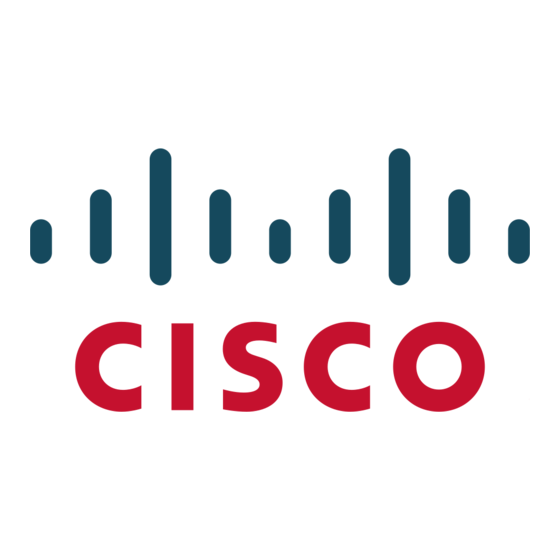Caveats
S e n d d o c u m e n t a t i o n c o m m e n t s t o n x 5 0 0 0 - d o c f e e d b a c k @ c i s c o . c o m
•
•
•
•
•
•
•
Cisco Nexus 5000 Series and Cisco Nexus 2000 Series Release Notes, Release 4.1(3)N1(1)
24
CSCsq67305
Symptom: When the switch is operating in theN-port virtualization (NPV) mode, traffic may be
disrupted on active Fibre Channel links if you enter the shutdown or no shutdown command on any
of the NP mode uplink interfaces. The disruption also occurs if you change the interface mode of a
port from F to NP or from NP to F. Traffic is disrupted for all F mode ports in the same VSAN as
the NP-mode port.
Workaround: Change only the interface state or interface mode on NP mode Fibre Channel
interfaces during a maintenance window.
CSCso56749
Symptom: The current software does not have the ability to tag supervisor sourced frames
separately depending on control or data. The frame always goes out with CoS 0.
Workaround: None.
CSCso91286
Binding information specified in the Access Control System (ACS) is ignored when the Terminal
Access Controller Access Control Plus (TACACS+) authentication is used to authenticate the AAA
user using ACS.
Symptom: When TACACS+ authentication is used to authenticate the AAA user using ACS, the
Cisco Nexus 5000 Series switch ignores the user-to-role binding information specified in the ACS.
You are logged in with the default role of network-operator (for new users) and network-admin.
Workaround: Configure the user-to-role binding locally on the Cisco Nexus 5000 Series switch for
the role binding to take effect.
CSCsq23027
Symptom: Occasional Phy loopback failure is reported in power-on self-test (POST) routines. This
is a sporadic issue with front port POST routines. Occasionally, when the system comes up, ports
fail the loopback test.
Workaround: Reload the switch to confirm that it is a hardware defect.
CSCsq27576
Symptom: FC-SP authentication is supported only with a switch over the E/TE port. Authentication
with native Fibre Channel (FC) and Fibre Channel over Ethernet (FCoE) initiator or target is not
supported.
Workaround: None.
CSCsq32710
Symptom: SNMP users configured with a user-defined roles cannot retrieve any Fibre Channel
interfaces.
Workaround: Use one of the predefined roles on the switch such as network-admin or
network-operator.
CSCsq37899
Symptom: Deleting class-fcoe or class-default from an output policy map will cause show
policy-map and show running-config terminal commands to be inconsistent if the priority
keyword was configured for either of the classes.
Workaround: The default bandwidth percentage for class-fcoe and class-default is 50 percent.
Before you remove these classes from an output policy, make sure that the remaining classes in the
policy map do not exceed 50 percent. Alternatively, if you want to allocate minimum bandwidth to
class-fcoe or class-default, configure the bandwidth for these classes to 0 percent.
OL-16601-01

